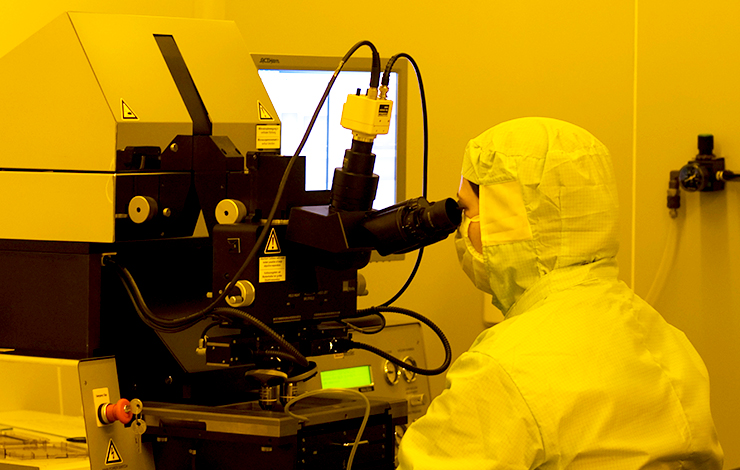


Charging effects and surface potential variations of Cu-based nanowires
| Title | Charging effects and surface potential variations of Cu-based nanowires |
| Publication Type | Journal Article |
| Year of Publication | 2016 |
| Authors | Nunes D a, Calmeiro TR a, Nandy S a, Pinto JV a, Pimentel A a, Barquinha P a, c Carvalho PA b, Walmsley JC d, Fortunato E a, Martins R a |
| Journal | Thin Solid Films |
| Volume | 601 |
| Pagination | 45-53 |
| ISSN | 00406090 |
| Keywords | Capacitive effect, Copper, Cu-based, Dielectric materials, Dielectric polarization, Electric force microscopy, Electron microscopy, Electrostatic devices, Electrostatic force, Electrostatic force microscopy, Electrostatics, Energy dispersive spectroscopy, Energy gap, High resolution transmission electron microscopy, Kelvin probe force microscopy, Microwave irradiation, Nanowires, Polarization, Probes, Scanning electron microscopy, Surface potential, Transmission electron microscopy, X ray diffraction, X ray spectroscopy |
| Abstract | The present work reports charging effects and surface potential variations in pure copper, cuprous oxide and cupric oxide nanowires observed by electrostatic force microscopy (EFM) and Kelvin probe force microscopy (KPFM). The copper nanowires were produced by wet synthesis, oxidation into cuprous oxide nanowires was achieved through microwave irradiation and cupric oxide nanowires were obtained via furnace annealing in atmospheric conditions. Structural characterization of the nanowires was carried out by X-ray diffraction, scanning electron microscopy, transmission electron microscopy and energy dispersive X-ray spectroscopy. During the EFM experiments the electrostatic field of the positive probe charged negatively the Cu-based nanowires, which in turn polarized the SiO2 dielectric substrate. Both the probe/nanowire capacitance as well as the substrate polarization increased with the applied bias. Cu2O and CuO nanowires behaved distinctively during the EFM measurements in accordance with their band gap energies. The work functions (WF) of the Cu-based nanowires, obtained by KPFM measurements, yielded WFCuO > WFCu > WFCu2O. © 2015 Elsevier B.V. |
| URL | https://www.scopus.com/inward/record.uri?eid=2-s2.0-84959511315&doi=10.1016%2fj.tsf.2015.11.077&partnerID=40&md5=c6ed2d80027e6873c038793185f507f6 |
| DOI | 10.1016/j.tsf.2015.11.077 |








